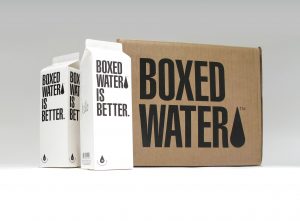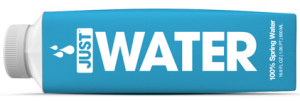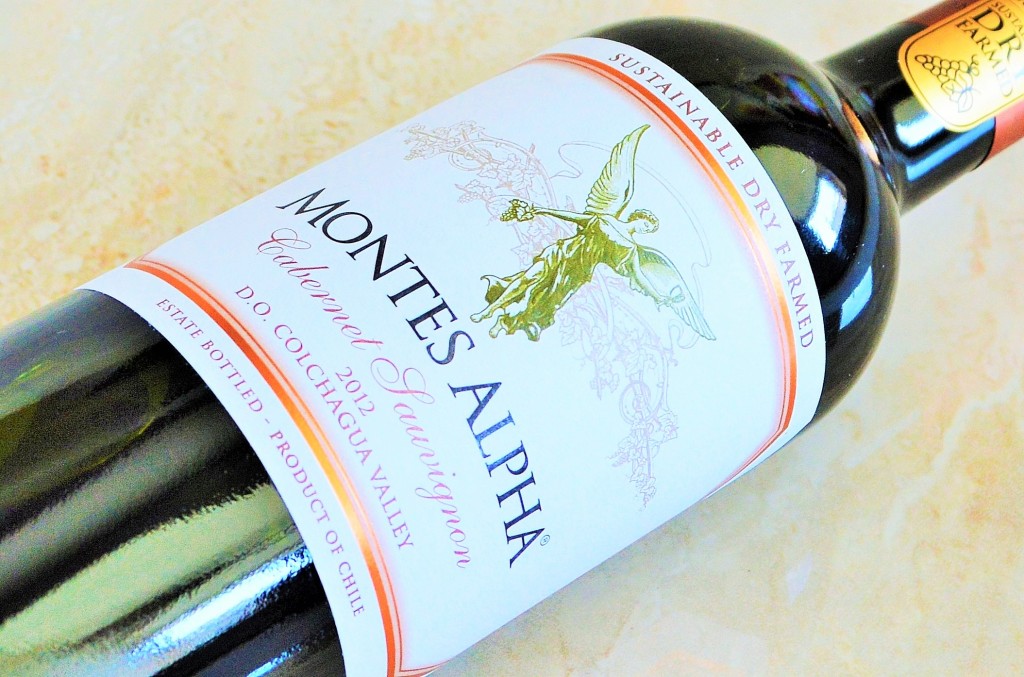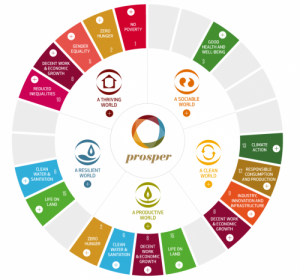Starting with the why has worked really well for brands looking to connect with their customers at a deeper level. Inspired by our recent discussion in class about purpose as the 4th P in Sustainability, an interesting case study to look at is Adidas. Being the only textile, apparel or luxury good company to make the Corporate Knight’s Global 100 Most Sustainable Corporations, Adidas must be doing something right, not only in how they conduct their operations but more importantly, how they communicate their sustainability agenda.
While cutting carbon emissions across the value chain to create the products at Adidas is something that is worthy of praises, I think it’s important to highlight how “purpose” remains an important piece of this multinational brand. One of the definitions we came up in class- “Purpose is something that’s greater than an individual”.
This is evident through Adidas’ open source partnership with Parley for the Oceans. Creating a shoe entirely made from reclaimed and recycled ocean waste is clearly making a statement and leading by example to show that creativity and innovation with the power of big brands can help the sustainability agenda. Companies often struggle to relate their customers to the bigger picture, a larger purpose. Adidas seems to have the answer:
“We can only engage with fans on topics they can relate to, and people relate to cleaning oceans… climate change is a big topic; we aren’t going to run away from it. We just need to connect with fans in a relatable ways when we do talk about and/or take action on climate change”. Starting with the why has now become central to all brands that’s looking to engage with their customers in a meaningful way.
Doing a quick brainstorm of the different companies we talked about in class and their greater purpose includes…
- Tesla – creating a sustainable, smart world through transportation and home technologies
- AirBnB – creating your belonging anywhere in the world
- IKEA – making everyday life better for all global citizens
What are some other brands you’ve seen successfully used “purpose” to engage their customers?





